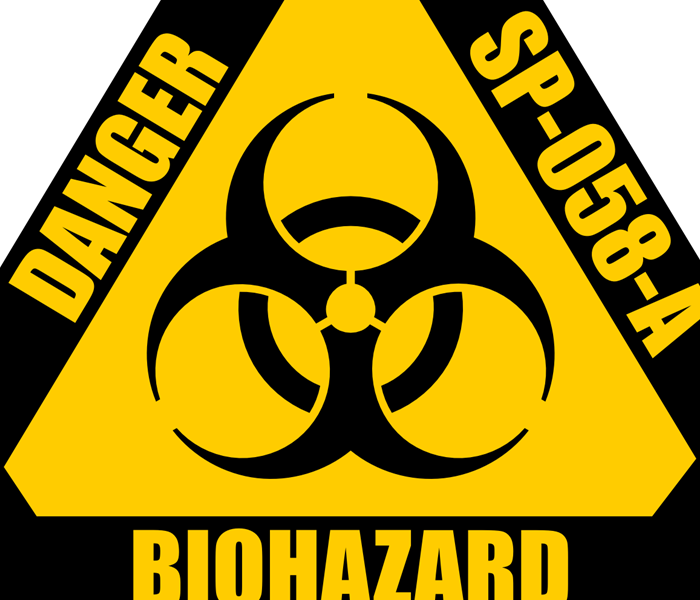What Exactly is Biohazard?
8/29/2016 (Permalink)
The term biohazard refers to any biological materials (microorganisms, plants, animals, or their byproducts) that pose a threat to the health of living organisms. Potential biohazards can be found anywhere – at your job, in your doctor’s office, in your children’s classrooms, at the park or even in that restaurant you like to eat at and should be handled with extreme caution.
Examples are:
- Blood - This includes items that have been contaminated with blood and other body fluids or tissues that contain visible blood.
- Animal waste - Animal carcasses and body parts, or any bedding material used by animals that are known to be infected with pathogenic organisms.
- Human Bodily Fluids - Semen, cerebrospinal fluid, pleural fluid, vaginal secretions, pericardial fluid, amniotic fluid, saliva
- Microbiological wastes. Common in laboratory settings, examples of microbiological wastes include specimen cultures, disposable culture dishes, discarded viruses, and devices used to transfer or mix cultures.
- Pathological waste. Unfixed human tissue (excluding skin), waste biopsy materials, and anatomical parts from medical procedures or autopsies.
- Sharps waste. Needles, glass slides and cover slips, scalpels, and IV tubing that has the needle attached.
There are different levels of biohazard.
- Biohazard Level 1: Agents that pose minimal threat to humans and the environment. Examples include - E. coli, Bacillus subtilis, and Naegleria gruberi.
- Biohazard Level 2: Agents that can cause severe illness in humans and are transmitted through direct contact with infected material. Examples include HIV, hepatitis B, and salmonella.
- Biohazard Level 3: Pathogens that can become airborne and cause serious diseases. Examples include tuberculosis and Coxiella Burnetii.
- Biohazard Level 4: Pathogens that pose a high risk of life-threatening disease for which there are no treatments. Examples include the Ebola virus and Lassa virus.
Check back as we will be posting more information on this subject.






 24/7 Emergency Service
24/7 Emergency Service
